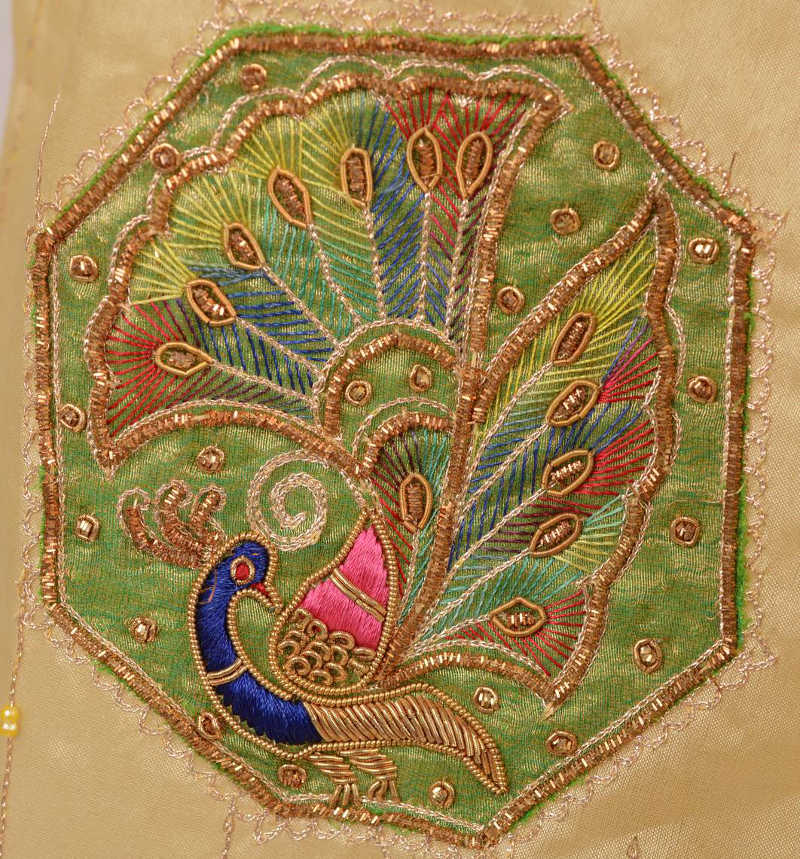===
0420,
7
===

=== |
 |
gul-gasht : 'Walking in a garden; an evening walk; recreation; a pleasant place for walking or recreation (esp. one blooming with roses and other flowers)'. (Platts p.911)
tamaamii : 'Perfection; completion; conclusion, end, termination; totality, the whole'. (Platts p.336)
FWP:
SETS == MIDPOINTS
MOTIFS
NAMES
TERMS == PROOF; THEMEThe placing of tamaamii makes it a perfect 'midpoint'-- it can be read with either the phrase before it, or the phrase after it. And of course the juxtaposition dast gul-dastah is so enjoyable because a bouquet is literally a 'handful of flowers'.
SRF gives the lover agency, as someone who has chosen to turn his wounds into a garden. But the grammar of the first line makes it clear that the garden has simply 'come into being', through unspecified means. Then even the second line gives us only a pair of equations, with no indication of any agent or arranger. So perhaps all this simply happened to the lover, without his conscious volition?